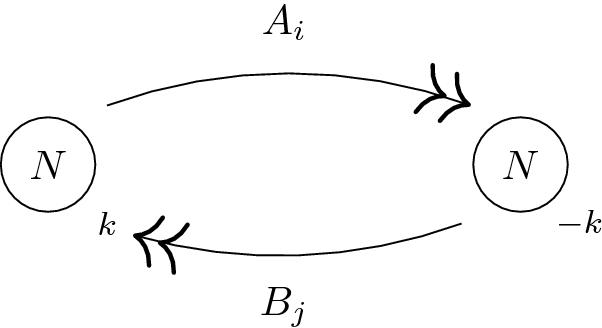AdS黑洞,全息和定位
IF 62.5
2区 物理与天体物理
Q1 PHYSICS, PARTICLES & FIELDS
引用次数: 76
摘要
本文回顾了利用全息术计算大于或等于4维的AdS超对称黑洞微态数的一些最新进展。对对偶场理论应用局部化和矩阵模型技术,得到了计数结果。我详细介绍了动态AdS \(_4\)黑洞的情况,对应于对偶场理论的扭曲紧化,并讨论了旋转AdS \(_5\)黑洞的最新技术。本文章由计算机程序翻译,如有差异,请以英文原文为准。

AdS black holes, holography and localization
I review some recent progresses in counting the number of microstates of AdS supersymmetric black holes in dimension equal or greater than four using holography. The counting is obtained by applying localization and matrix model techniques to the dual field theory. I cover in details the case of dyonic AdS\(_4\) black holes, corresponding to a twisted compactification of the dual field theory, and I discuss the state of the art for rotating AdS\(_5\) black holes.
求助全文
通过发布文献求助,成功后即可免费获取论文全文。
去求助
来源期刊

Living Reviews in Relativity
物理-物理:粒子与场物理
CiteScore
69.90
自引率
0.70%
发文量
0
审稿时长
20 weeks
期刊介绍:
Living Reviews in Relativity is a peer-reviewed, platinum open-access journal that publishes reviews of research across all areas of relativity. Directed towards the scientific community at or above the graduate-student level, articles are solicited from leading authorities and provide critical assessments of current research. They offer annotated insights into key literature and describe available resources, maintaining an up-to-date suite of high-quality reviews, thus embodying the "living" aspect of the journal's title.
Serving as a valuable tool for the scientific community, Living Reviews in Relativity is often the first stop for researchers seeking information on current work in relativity. Written by experts, the reviews cite, explain, and assess the most relevant resources in a given field, evaluating existing work and suggesting areas for further research.
Attracting readers from the entire relativity community, the journal is useful for graduate students conducting literature surveys, researchers seeking the latest results in unfamiliar fields, and lecturers in need of information and visual materials for presentations at all levels.
 求助内容:
求助内容: 应助结果提醒方式:
应助结果提醒方式:


